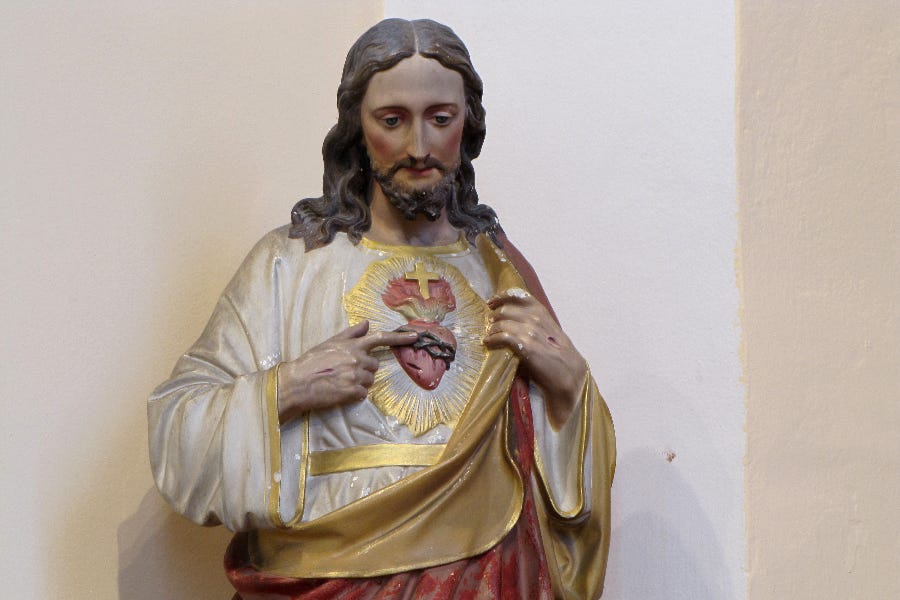‘Dilexit nos’: A brief guide for busy readers
Pope Francis’ new encyclical ‘re-proposes’ devotion to Christ’s heart.
Pope Francis published the fourth encyclical of his so far 11-year pontificate Thursday.

The 141-page, 28,000-word Dilexit nos (“He loved us”) follows 2013’s Lumen fidei (co-written with Benedict XVI), 2015’s Laudato si’, and 2020’s Fratelli tutti.
The new…
